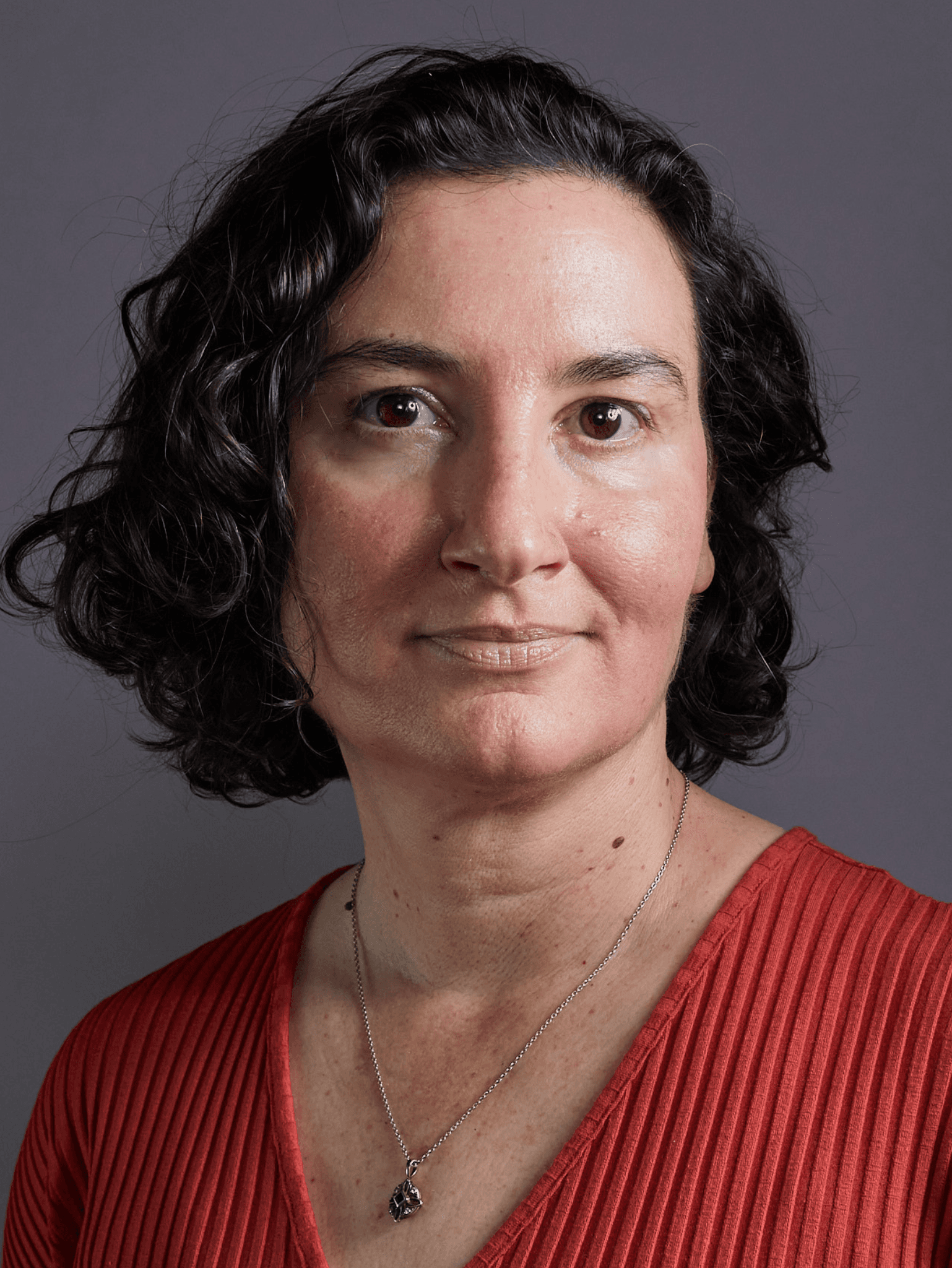AIxBIO at SynBioBeta 2026
Using AI to Make Biology Programmable
At the intersection of biology, AI, and drug discovery, the next breakthroughs won’t come from working in silos — they’ll come from bridging worlds.
AIxBIO at SynBioBeta 2026 is where startups, pharma leaders, and technologists tackle the toughest bottlenecks in biomedicine. Think foundation models trained on DNA, RNA, and protein sequences. Multimodal architectures that connect atoms, cells, and tissues. Simulations that go beyond static structures to capture dynamics across space and time.
By applying the power of AI to make biology truly engineerable — scaling datasets, optimizing chemistries, and designing programmable therapeutics — we’re building the interoperable infrastructure for the next generation of medicines. From context-aware drug modalities to dynamic, living simulations, this is the global stage where biology becomes programmable.
Why AIxBIO Matters
Biology is complex — static snapshots can’t capture the reality of tissues and patients.
Data is scarce. AI is limited by the quality of biological datasets.
Translation is hard. Bench predictions often fail in the clinic.
Therapeutics need intelligence. The future is adaptive, programmable drugs.
Who you'll meet
AIxBIO unites the people driving the future of biology and medicine.
AI startup founders building breakthrough models, datasets, and infrastructure.
Big Pharma R&D executives scouting the next wave of AI innovation.
Biologists, engineers, and investors driving convergence across disciplines
What to expect
AIxBIO is more than talks — it’s an environment built for discovery, collaboration, and ideas.
Insights into how AI can become the backbone of drug discovery and development.
Collaborations that bridge discovery with development, startups with pharma, and code with cells.
A community redefining what’s possible when intelligence meets life.
AI won’t replace biology. It will reprogram it, model it, and accelerate it. Join us at SynBioBeta 2026 to shape how AI and biology converge to unlock new therapies, better patients outcomes, and a fundamentally new way of building life sciences.
Confirmed Speakers
Sessions will include:
1
The next frontier of biology isn’t in predicting a single static protein structure, but in capturing how proteins move, fold, and interact across time and environments. This session explores how AI can illuminate protein conformations and dynamics, and extend those insights into virtual multi-cellular or tissue models. Experts will discuss the challenge of integrating heterogeneous datasets and instruments, and how breakthroughs in dynamic modeling could reshape drug design, disease understanding, and biomanufacturing. Can we build models that reflect the living, breathing complexity of biology—not just snapshots, but motion?
[…]
2
Why do so many in silico models fail when moved to the lab or clinic? Too often, they’re trained on incomplete, non-human, or non-representative datasets. This session tackles the “data gap” head-on: from interoperability bottlenecks and the black box problem to the limits of current virtual cell simulations (~50 million perturbations vs. the billions biology demands). Panelists will explore how to create “human-first” datasets that reflect real biology, unlock mechanistic interoperability, and close the discovery–development divide. The goal: build AI tools that can directly identify viable drug candidates instead of stalling in silico.
[…]
3
Drug discovery often measures biology at the cell level while interventions work at the tissue, organ, or whole-patient scale. This mismatch can make accurate cell-level predictions irrelevant in the clinic. This session dives into strategies to bridge that gap: multiscale modeling that nests single-cell dynamics within organ-level simulations, spatial transcriptomics that preserve context, and surrogate models that translate cell-level outputs into clinical biomarkers. Speakers will ask: how do we ensure virtual biology reflects not just what cells do in isolation, but how biology behaves in the real complexity of patients?
[…]
4
For the first time, AI is enabling us to imagine medicines that “think” — turning on only inside diseased cells or under specific physiological conditions. This session explores how neural networks, trained on RNA and protein data, are unlocking programmable therapies with unprecedented precision. Imagine cancer drugs that remain inert until they meet tumor markers, or RNA vaccines that adapt to evolving viral landscapes in real time. The future of medicine isn’t static molecules — it’s intelligent, adaptive therapeutics
[…]
5
From tissues morphing in development to microbes competing in a bioreactor, biology is inherently emergent. Multi-agent simulations — from platforms like BioDynaMo, CompuCell3D, and BIO-LGCA — are now powerful enough to model billions of interacting agents, capturing diffusion, metabolism, migration, and signaling with physical fidelity. Synthetic biologists are using these frameworks to probe design limits before moving to the lab, asking questions like: How far can diffusion alone carry a signaling molecule? What metabolic bottlenecks emerge in crowded cells? And how do engineered traits play out at population scale? This session will spotlight how agent-based models are becoming essential design environments for synthetic biology, helping teams test hypotheses virtually, anticipate failure modes, and translate biology into an engineering discipline rooted in predictive, quantitative simulation.
[…]
6
AI x Bio isn’t just about technology — it’s about culture. Biologists must embrace engineering mindsets; AI engineers must respect biology’s messiness. Companies like Inceptive are pioneering apprenticeship models where talent learns both dialects — lab bench and codebase. This session explores how hybrid training is creating a workforce fluent in RNA structure, GPU clusters, and cellular pathways alike. The future of therapeutics depends on this new class of bilingual builders
[…]



































































